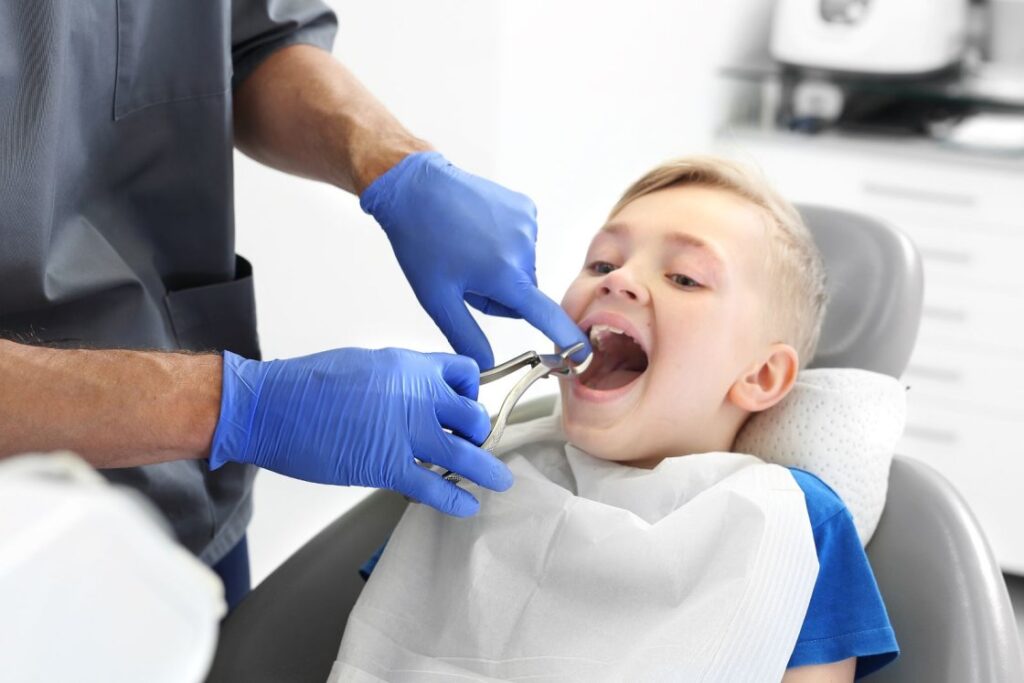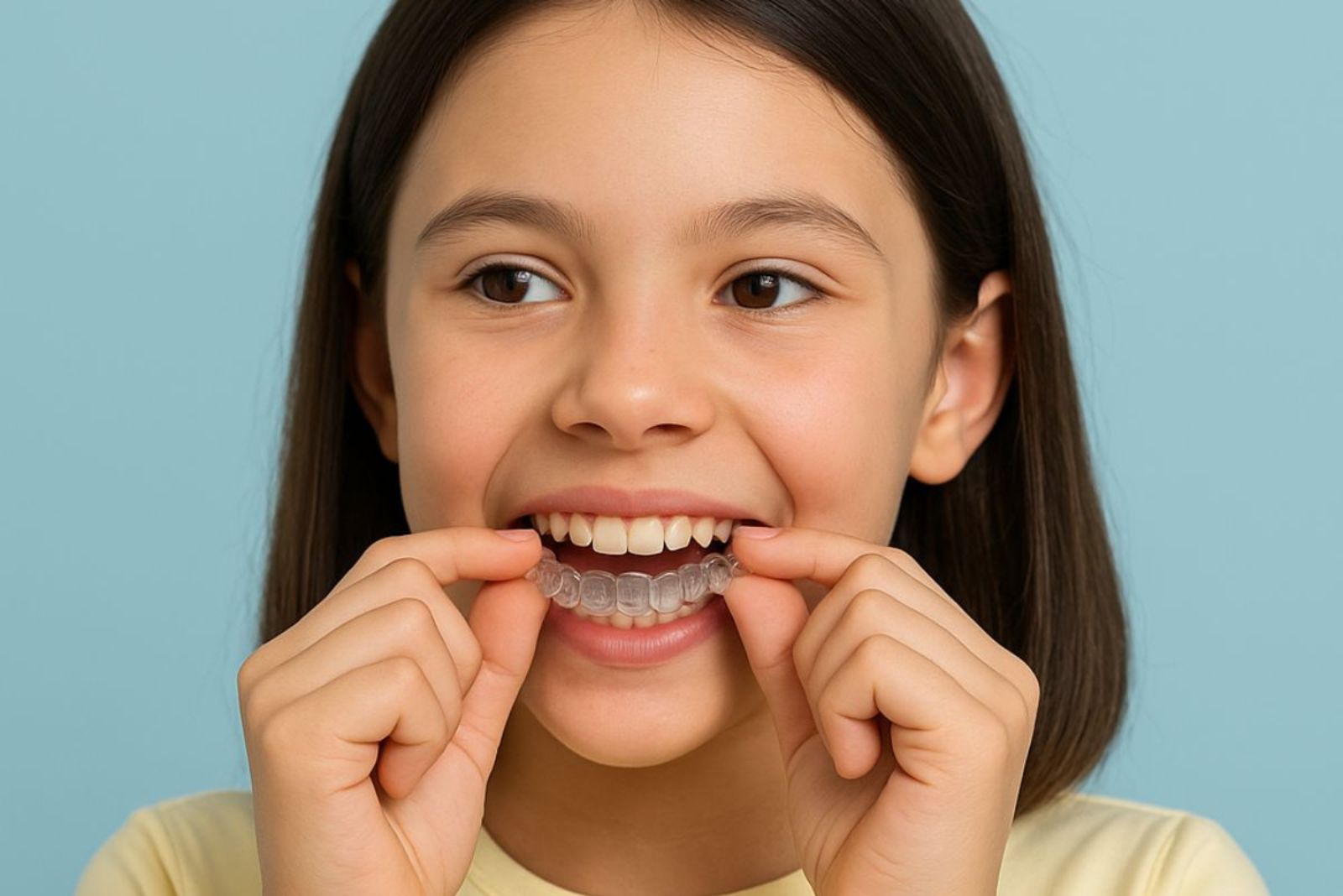Many parents think orthodontic care starts in the teen years when braces become common.
But for some children, starting treatment earlier can prevent serious problems. Phase 1 orthodontic treatment is an early approach that begins while a child still has baby teeth.
It’s used to guide jaw development, fix bite problems, and create space for adult teeth.
Early treatment can reduce the need for more complex procedures later.
For families in Methuen looking to understand how this works, this guide explains the benefits and steps of Phase 1 orthodontics.
Why Early Treatment Matters in Methuen
Children grow fast, and their bones are still soft during the early years. That’s why some orthodontic issues are easier to correct at a young age.
Around age 7, kids start to show early signs of crowding, jaw misalignment, or bite issues. If these are left untreated, they may lead to longer, more complicated treatments later in life.
Methuen families who visit the orthodontist early get the chance to fix small problems before they grow into larger ones.
In many cases, early treatment helps shorten or simplify later phases of care.
How to Know If Your Child Needs Phase 1
Early Signs to Watch For
Children may not complain about their teeth, but parents can look for warning signs.
Crowding, thumb sucking beyond age 5, mouth breathing, early loss of baby teeth, or difficulty chewing can all suggest an issue.
Some kids also show jaw shifts or unusual wear on their teeth. These may seem small but can signal larger problems forming under the surface.
An orthodontic check-up around age 7 gives the doctor a clear picture of your child’s mouth.
They’ll check how the teeth are coming in, how the jaws line up, and whether early intervention will help.
A Closer Look with X-rays and Scans
In Methuen clinics, orthodontists use X-rays, photos, and scans to build a treatment plan.
These tools help see how baby teeth are positioned and where permanent ones will erupt.
Based on this, the doctor may suggest Phase 1 treatment or recommend regular monitoring until more adult teeth arrive.
What Happens During Phase 1 Orthodontics?
Active Treatment Phase
Once the orthodontist decides to move forward, treatment usually starts with a specific appliance.
This could be a palatal expander to widen the upper jaw, braces on selected teeth, or other devices to guide how teeth or jaws develop.
These appliances are used while your child still has a mix of baby and adult teeth.
In Methuen, the active phase of Phase 1 treatment typically lasts 6 to 12 months.
This depends on how much correction is needed and how the child’s mouth responds.
Some kids need only small changes, while others need more guided development.
Monitoring and Rest Period
After Phase 1 ends, there’s a pause in active treatment. During this rest phase, the child continues to grow and more permanent teeth come in naturally.
Even though no new appliances are added, the orthodontist keeps an eye on things with checkups every few months.
This period gives the mouth time to adjust. When the rest of the adult teeth erupt, a second phase of treatment may be needed to fine-tune alignment and bite.
What Problems Can Be Fixed Early?
Phase 1 treatment is used to fix several common problems before they get worse. One issue is a crossbite, where the top and bottom jaws don’t align properly.
This can lead to jaw pain or uneven wear on the teeth. Phase 1 can also help when baby teeth are lost early and nearby teeth shift into the wrong place, making it hard for adult teeth to come in.
Another issue is crowding. If your child’s mouth is too small for their teeth, early treatment can create the space needed to avoid extractions later.
Kids who suck their thumbs may also develop open bites or pushed-forward front teeth, both of which can be improved during Phase 1.
Why Families in Methuen Should Consider Early Treatment
Choosing early orthodontic care in Methuen gives your child a strong start. By guiding growth, Phase 1 treatment can make the next steps shorter and easier.
When jawbones are soft and still forming, they can be shaped more easily. Waiting too long means these bones harden and might need surgery to correct later.
Children who complete early treatment may avoid tooth removal and shorten their time in full braces. This also helps reduce the total cost of long-term care.
Plus, correcting a bite early on can help your child chew, speak, and even sleep better.
Kids also feel more confident when their teeth look better.
Many families in Methuen have found that Phase 1 treatment improves their child’s smile and self-esteem during key social years.
What Comes After Phase 1?
Phase 2: Final Adjustments
After the rest period, Phase 2 begins once all adult teeth have come in. This phase usually involves full braces or clear aligners.
Because many major corrections were made earlier, Phase 2 focuses on refining alignment and bite. It often takes less time than if treatment had started later.
Phase 2 is important because it helps make sure the teeth stay in the correct position for life. The work done in Phase 1 helps reduce the time and effort needed in this final stage.
Choosing a Local Orthodontist in Methuen

Families in Methuen have many choices for orthodontic care, but it’s helpful to find someone who works with children and understands early treatment.
A local clinic offering kids orthodontics in Methuen can provide a more relaxed setting that helps children feel at ease.
Look for an orthodontist who takes the time to explain the process and works closely with both kids and parents.
When your child feels safe and supported, it’s easier to build trust and follow through on treatment.
If you’re considering kids orthodontics in Methuen, it’s a good idea to schedule an early check-up around your child’s seventh birthday.
Even if no treatment is needed right away, it helps catch any changes early.
What Parents Can Do to Support Treatment
Parents play a big role in helping kids succeed with orthodontic care.
This includes making sure your child wears their appliance properly, keeps up with oral hygiene, and attends all appointments.
Children may need help brushing around wires or remembering to wear their device.
Positive encouragement also matters. Praise your child for their efforts, and remind them that their hard work will lead to a healthy, confident smile.
Some children need time to adjust to wearing devices, but most adapt quickly with the right support.
Does Insurance Cover Phase 1?
Orthodontic care is an investment, but many families in Methuen find that insurance helps with early treatment.
Some plans cover a portion of Phase 1 costs, especially when the care is recommended for health reasons.
It’s a good idea to ask your dental provider to check your benefits and explain any out-of-pocket costs.
Many orthodontic offices in Methuen also offer payment plans that break up the cost into manageable monthly amounts.
Early treatment may help avoid more expensive procedures later, so it’s often worth exploring your options.
Conclusion
Phase 1 orthodontic treatment gives Methuen kids a head start on a healthy smile. Starting around age 7, this approach fixes jaw and bite problems before they become harder to treat.
It makes later care simpler, improves confidence, and supports better dental health.
Even if your child doesn’t need braces right away, an early visit to the orthodontist can help you plan ahead.
Whether your child has crowding, bite issues, or just needs monitoring, a local specialist can guide you through each step.
Taking action early can save time, stress, and money while giving your child the best chance for a lasting smile.
Sources:








